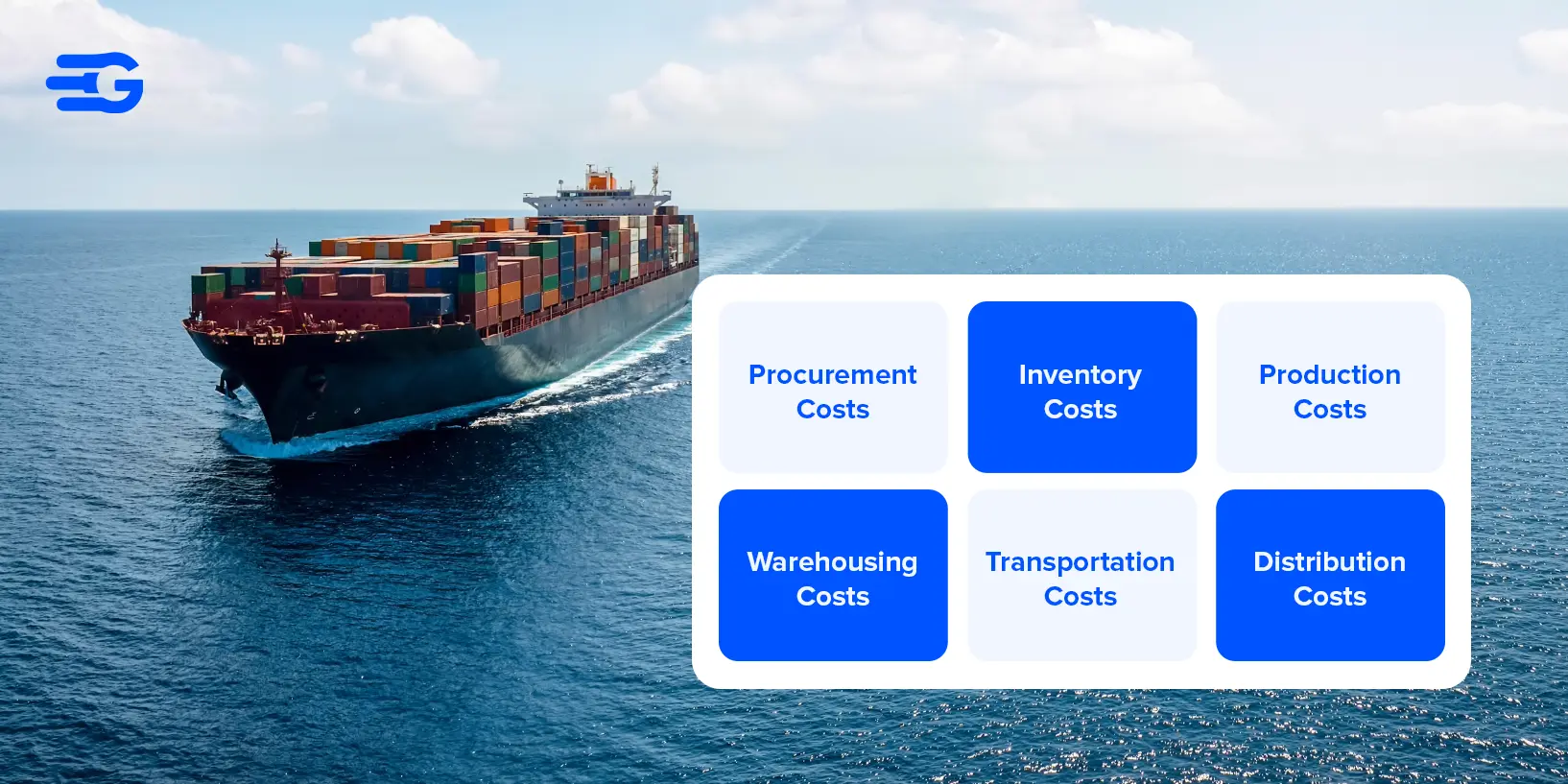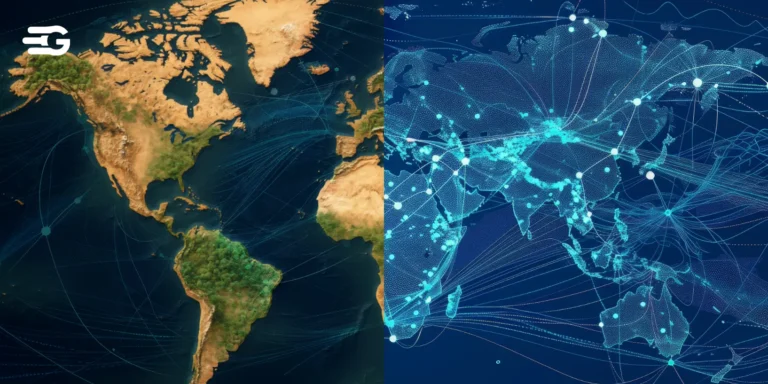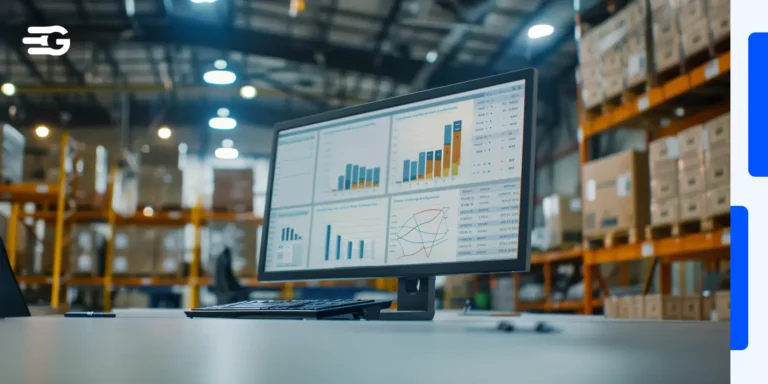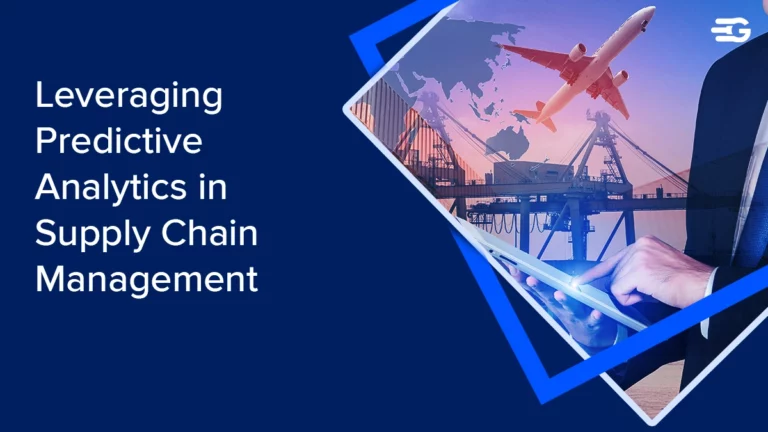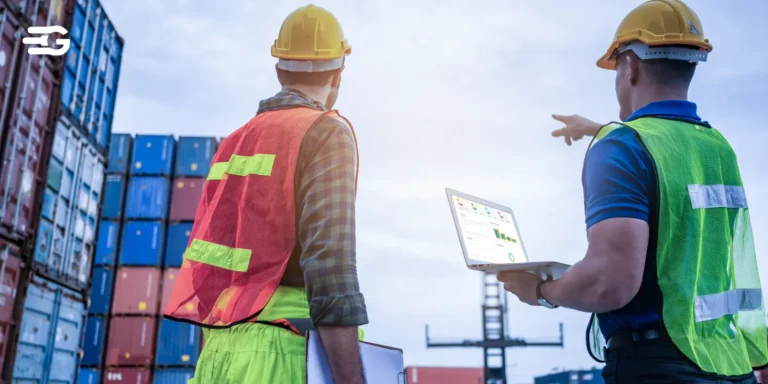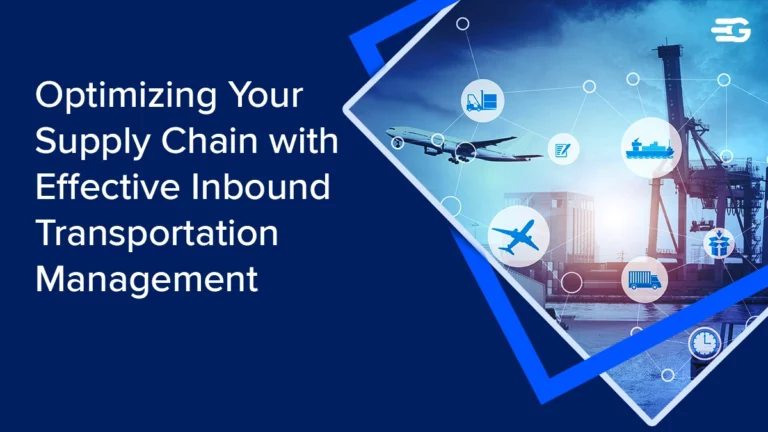Supply Chain Costs in 2025: A Comprehensive Guide to Optimization
In 2025, managing supply chain cost is less about cutting fat and more about redesigning where the weight belongs. You’re not just navigating higher prices. You’re operating in an environment that shifts faster than your reporting cycles. Labor, fuel, tech, and even climate are now active cost drivers, not just external noise.
This guide breaks it all down. What makes up supply chain cost today. What’s driving it upward. And more importantly, where real optimization still exists, without forcing the system to run thin. So, without further ado, let’s start.
Understanding Supply Chain Costs
Let’s call it like it is. Most companies don’t have a clear picture of where their supply chain costs are really going. Some parts are easy to track. Others stay buried until a delay or dispute drags them into view. And in 2025, those blind spots are getting costlier.
Operations today are more exposed to external shocks. You’ve got inflation, geopolitical tensions, and stricter compliance layers all showing up at once.
Here’s where most supply chain cost tends to concentrate:
- Transportation: Freight charges, fuel, last-mile delivery, driver wages, handling, and returns. Fuel prices alone rose by 14% in the US between January and March 2025. That single variable can flip profitability across routes.
- Warehousing: Goes beyond just square footage rent. You’re paying for electricity, inventory handling, racking systems, security, and idle time. Even short-term overstocking can drag down margins fast.
- Inventory Holding: This includes carrying cost, insurance, depreciation, shrinkage, and tied-up working capital. Misjudged demand planning silently racks up losses under this line item.
- Labor: Think packers, pickers, forklift operators, dispatchers. Labor costs are up by 6.2% on average this year, especially in transportation-heavy roles. It’s about productivity per dollar spent.
- Technology and IT Systems: ERP, WMS, TMS, and all the connectors in between. These are foundational, but the initial deployment, upgrades, and maintenance add up. Cybersecurity costs are rising too, and it’s not optional anymore.
- Compliance and Regulatory Overheads: Import-export duties, customs paperwork, EPR obligations, and emissions reporting. These costs vary by region and product type, but the trend is clear. Complexity is increasing.
The key shift now is not just reducing supply chain cost, but improving how it’s distributed. Are you overspending on protection and underinvesting in visibility? Are your logistics partners charging for inefficiencies that your system can’t detect?
You can’t optimize what you can’t see. Start there.
Key Drivers of Rising Costs in 2025
Lowering the supply chain cost doesn’t mean squeezing every vendor or cutting spend blindly. Costs are up because multiple pressure points are firing at once.
Here are some of them which supply chain teams are battling this year:
| Driver | What’s Happening | How It Drives Cost |
| Energy Market Volatility | Fuel prices are rising due to geopolitical friction, disruptions in shipping lanes, and stricter refining regulations. | Affects air, ocean, and last-mile transportation. Increases cost per shipment even when demand stays flat. |
| Labor Pool Fragmentation | There’s a growing mismatch between supply chain roles needed and available talent. Key skills in automation, cold chain, and integrated tech roles are scarce. | Raises wages and leads to lower productivity per hire. Drives higher training and retention costs. |
| Nearshoring with Trade-Offs | More firms are relocating production closer to their demand centers to cut external risk. | Local production often comes with higher labor and energy inputs, especially in developed markets. Net cost per unit increases despite shorter transport cycles. |
| Tech Stack Expansion Without Consolidation | Many teams keep adding new digital tools without central integration. | Leads to software overlap, inconsistent data, and growing IT maintenance costs without clear ROI. |
| Climate Disruptions as Operational Events | Floods, heatwaves, and droughts are interrupting agricultural output, shipping lanes, and factory uptime. | Increases volatility. Raises insurance, rerouting, and downtime-related expenses across the chain. |
| Customer Expectations Around Speed | Next-day or same-day delivery is now a baseline expectation across many categories. | Maintaining speed in a volatile environment requires premium logistics, extra staffing, and larger buffer inventory. |
If a business is seeing sustained rise in supply chain cost, it’s likely tied to at least two or three of these drivers at the same time.
Strategies to Optimize Supply Chain Costs
It’s about reengineering how your cost behaves across time, volume, and volatility.
1. Shift from static to dynamic procurement logic
Most RFQ processes still run on quarterly rate locks or legacy spreadsheets. But prices move faster than that now.
Using automated freight procurement tools that benchmark in real time and trigger bids based on thresholds allows cost to adjust with market changes, not after them. This reduces the supply chain cost premium you pay for rate lag and manual error.
2. Convert ESG obligations into operational savings
Sustainability is not just compliance. For example, retrofitting packaging to reduce dimensional weight can lower air freight cost. Electrifying short-haul routes can reduce long-term fuel dependency. When ESG design is led by ops, it tends to cut more than it costs.
3. Rethink supplier relationships as shared risk systems
Instead of fixed-price contracts, explore volume-flexible or performance-based models. For example, if a supplier hits a 98% on-time rate, the bonus payout is still cheaper than the hidden cost of missed SLAs. This turns vendor management into a cost stability tool, not just a price check.
4. Invest in forward visibility over backward reporting
Dashboards are useful. But what matters more is early signal detection like route disruptions, stockouts forming, or exception risks. Systems like control towers or predictive ETAs can reduce emergency spend because you act before cost accumulates. Backward reports only confirm the damage.
5. Use internal failure data as a cost map, not just a QA metric
Every delay, return, or claim has a cost signature. Logging them by type and tracing them back to root cause (e.g. picking error, mislabel, route mismatch) turns operational noise into cost reduction opportunities. This is where most companies miss the easiest wins.
The goal is to engineer a supply chain where cost adapts to change, not one that breaks and gets patched every quarter.
That’s how real supply chain cost optimization works in 2025.
Cutting Costs Due to Manual Errors: GoComet’s Solutions
| Manual Cost Problem | What It Impacts | How GoComet Fixes It |
| Quotation errors in freight procurement | Overpaying on freight rates, inconsistent pricing across lanes | Automated Freight RFQ Platform: Standardizes the bidding process, removes email chains, and ensures rate accuracy across carriers |
| Missed delays or poor tracking | Demurrage charges, detention fees, customer dissatisfaction | GoTrack (Real-Time Visibility): Provides live tracking and updates, helping you act before fees stack up |
| No delay prediction | Emergency logistics, high-speed rerouting, broken SLAs | Predictive ETA Engine: Flags possible disruptions early using AI so teams can adjust without chaos |
| Manual documentation errors | Billing disputes, payment delays, customs clearance issues | Automated Documentation: Standardizes data entry and document sharing, reducing back-and-forth |
| No visibility into where cost is leaking | Fragmented decision-making, reactive strategy | Analytics and Benchmarking Tools: Surfaces trends, rate benchmarks, and performance gaps across carriers or lanes |
| Unmonitored operational risks | Surprise costs from last-minute rerouting or shipment failure | Incident Dashboards: Flags real-time disruptions, shipment risks, and compliance issues in one place |
By automating these areas, GoComet helps reduce internal inefficiencies that silently add to your monthly supply chain cost.
Final Thoughts
Supply chain cost rarely spikes without warning. The signals are usually visible. Missed shipments. Inconsistent rates. Untracked delays. But most systems are still built for reporting, not for rapid response. In 2025, the real cost often comes from how long it takes to detect and act, not just from the event itself.
If decisions rely on fragmented tools or delayed visibility, the risk is already baked in. GoComet helps reduce that risk by aligning procurement, tracking, and exception handling into one operational layer. Book a demo to see how you can reduce supply chain costs before they turn into damage.
